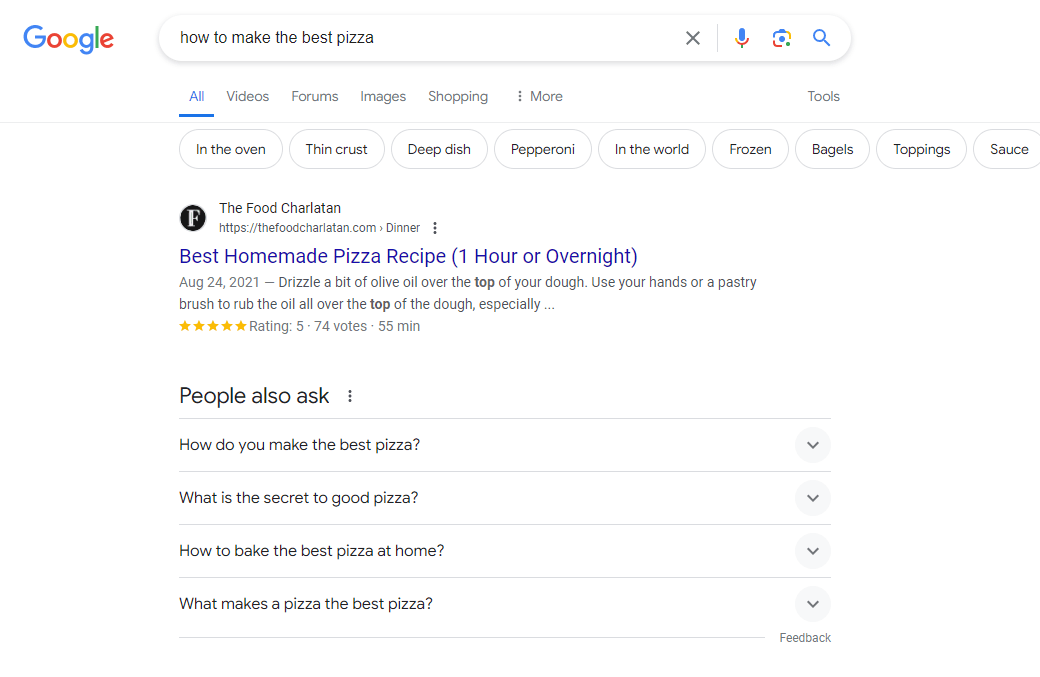Keywords are a powerful tool for digital marketing. Long-tail keywords are especially vital to success, from enhancing your search engine optimization (SEO) to making it easier to build a relationship with your target audience. Learn more about long-tail keywords and some of the best strategies for finding them.
What are long-tail keywords?
If you work in digital marketing, you’ve likely heard of keywords — so what makes a long-tail keyword different?
What are long-tail keywords in SEO, you may wonder? They are more specific phrases, often containing three or more words. Your long-tail keywords face less competition in search rankings.
Your long-tail keywords have less competition in search rankings. There is typically a lower number of searches for long-tail keywords. While there is no set length for what constitutes a long-tail keyword, they usually have several words that provide more specific context for a searcher’s query.
Why are long-tail keywords beneficial for SEO?
When you’re trying to rank for keywords, it can be beneficial to target ones with less competition. For example, if your company offers IT services, the keyword “IT services” is broad. You can try to rank for it, though it will likely take much longer to see results.
Your SEO strategy should focus on long-tail keywords to generate more traffic. Instead of only trying to rank for “IT services,” you can try “Managed IT services in downtown Harrisburg.” You will have less competition for the longer keyword than the short one, making it easier to get your website on the search engine results pages (SERPs).
Remember how we said long-tail keywords are more specific?
When you write audience-targeted content — such as an IT service in downtown Harrisburg — relevant readers are more likely to find you. People making such specific searches know exactly what they’re looking for, so conversion is more likely when they find your website during a long-tail keyword search.
5 strategies to use for finding long-tail keywords
Finding long-tail keywords is easier than you might think. Many of the methods we use for preliminary keyword research are driven by conducting searches on Google. However, there are also keyword research tools available. No matter which path you choose, those long-tail keywords will be waiting for you.
1. Use Google’s search suggestions or autocomplete
When you start typing something into the search bar, Google will show a list of potential searches.
The keywords that appear within this list are actual searches people have done before. For example, if you type “how to make the best pizza” in the search bar, you’ll get a lot of suggested searches. We see “how to make the best pizza dough” and “how to make the best pizza with store-bought dough” as examples.

These two phrases are long-tail keywords because they are more specific than “make a pizza.”
If you can rank for “how to make the best pizza with store-bought dough,” you’re likely to make a conversion. The searcher probably has already decided they want to make a pizza with store-bought dough at that point, making it much more likely that they are looking for advice or specific products.
2. Search Q&A websites and forums
There are numerous question-and-answer websites out there. Some of the top names include Quora, Answer the Public and Reddit. People are looking for an answer when they post a question on one of these sites — usually because their search did not give a satisfactory answer.
If you are exploring options beyond Answer the Public, you may want to consider looking into AnswerThePublic alternatives for additional platforms that cater to answering user queries effectively.
You can create content to satisfy your audience’s search. You will have less competition because the keyword is so specific. As long as your content is audience-friendly, and you follow other SEO best practices, you should start seeing results.
3. Use a free keyword research tool
There are plenty of free keyword research tools available, including Google Keyword Planner, Ubersuggest, and AnswerThePublic. While each tool has its unique features, they can provide valuable insights into keyword opportunities and help enhance your SEO strategy.
Generate Keyword Ideas in Seconds

4. Check the related searches
If you perform a Google search and scroll to the bottom of the first results page, you’ll see an area with several related searches. If we go back to the “how to make the best pizza” example, we will see related searches for the top ten recipes, how to make pizza in an oven and a step-by-step guide. These are great examples of long-tail keywords that searchers want to see.
5. Look at the People Also Ask (PAA)
Google’s PAA feature is a goldmine for long-tail keywords.

Type in variations of keywords you think might be worth targeting and see what other questions people ask. The PAA on my “how to make the best pizza” query shows several common questions. One asks what the best ingredients are, while another asks, “what is the best way to cook a pizza?”
Capture qualified traffic with long-tail keywords
Long-tail keywords are essential for attracting targeted visitors and improving your website’s SEO performance. By implementing effective strategies to find and utilize these keywords, you can enhance your content and connect with users who are ready to engage with your brand.
Looking to boost your keyword strategy? Learn how our expert team can assist you in identifying and optimizing long-tail keywords to drive more qualified traffic to your site. Get a proposal today to discover how we can support your SEO efforts!
Let’s Drive Results Together 


Meet
Connect with us, today!

Meet
Connect with us, today!



